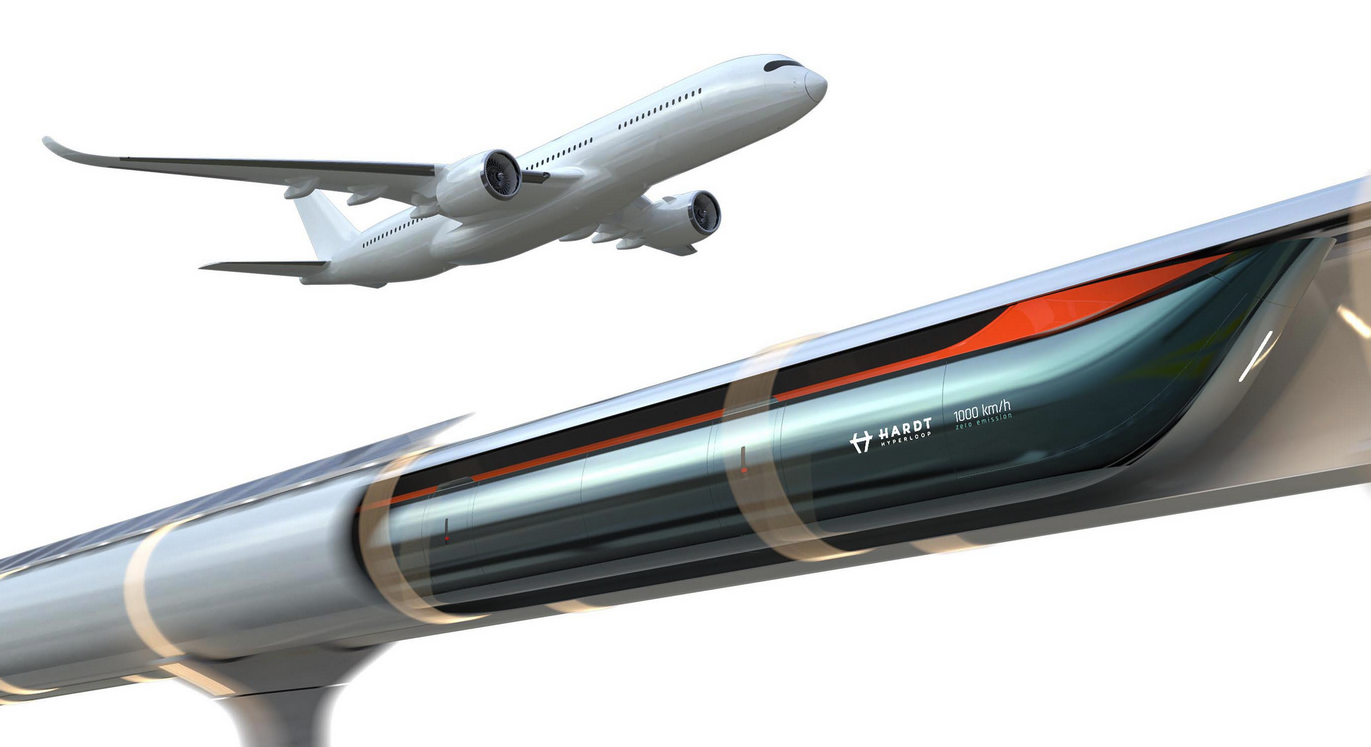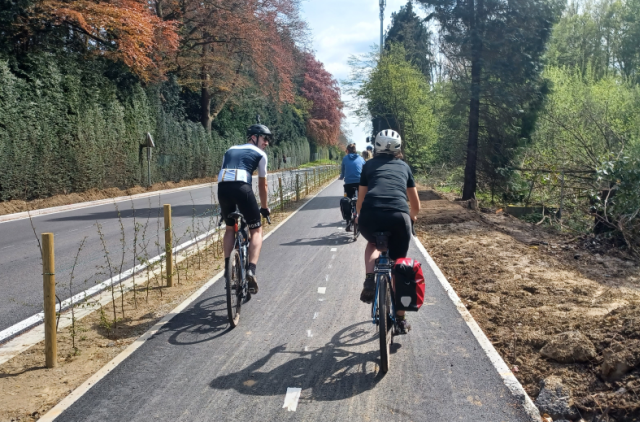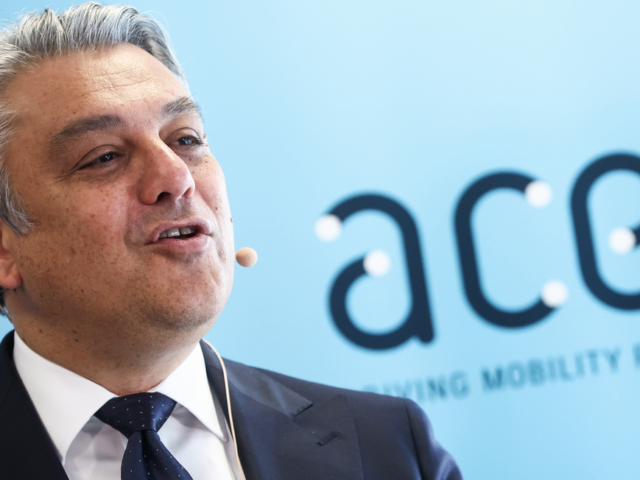
Hyperloop linking Antwerp-Brussels in six minutes?

Dutch start-up Hardt Hyperloop envisions a 10 000 km European network connecting all major cities with a super-fast hyperloop system able to travel at speeds up to 1.000 km/h and rivaling with airplanes /Hardt Hyperloop
If Flanders considered investing in a hyperloop system, a link between Antwerp and Brussels in barely six minutes would be a serious candida


Comments
Ready to join the conversation?
You must be an active subscriber to leave a comment.
Subscribe Today